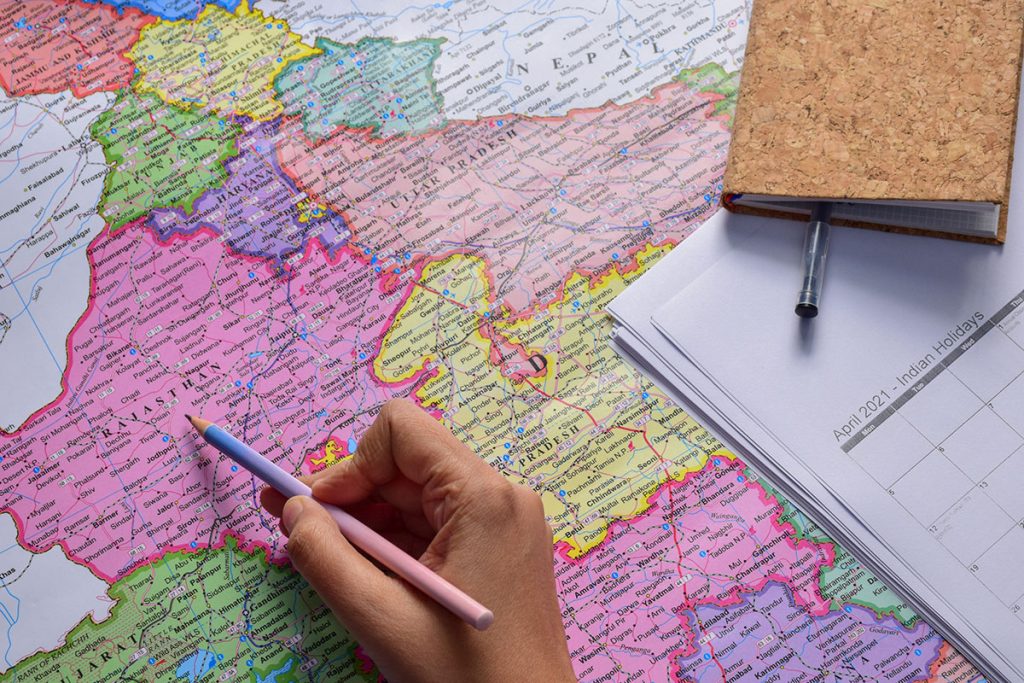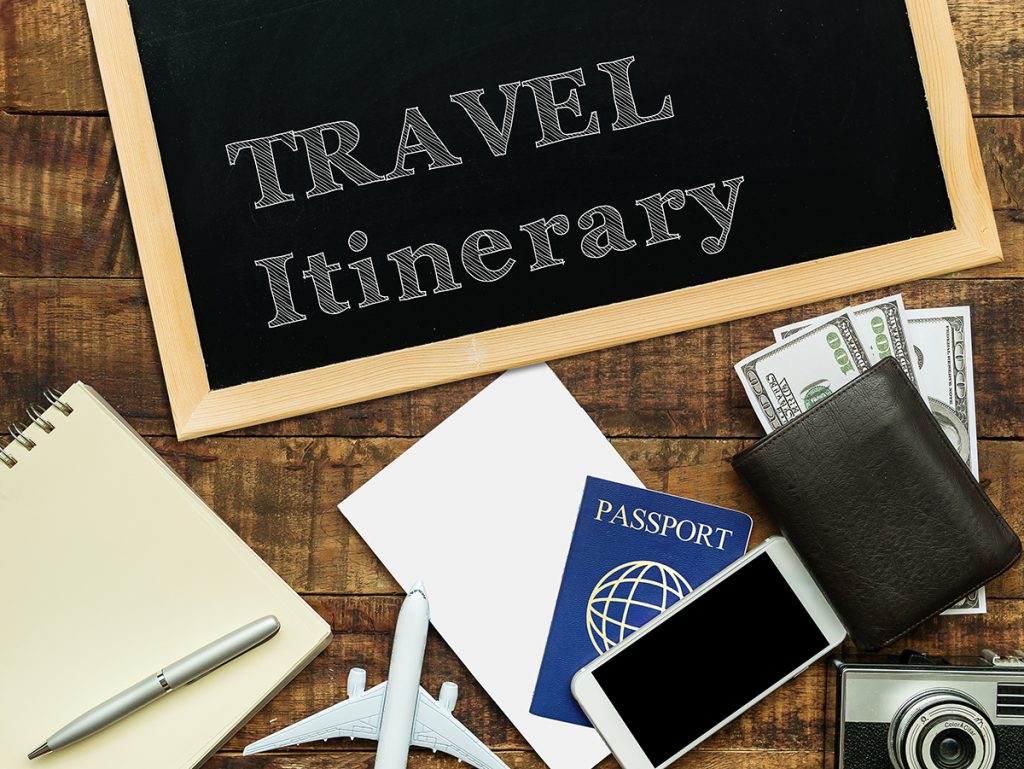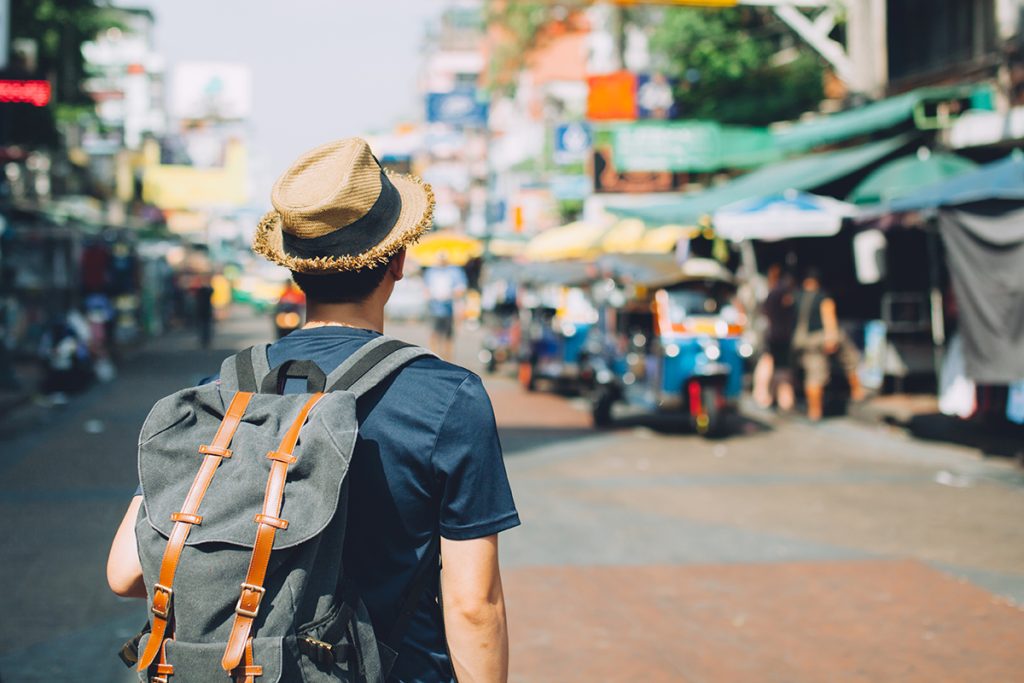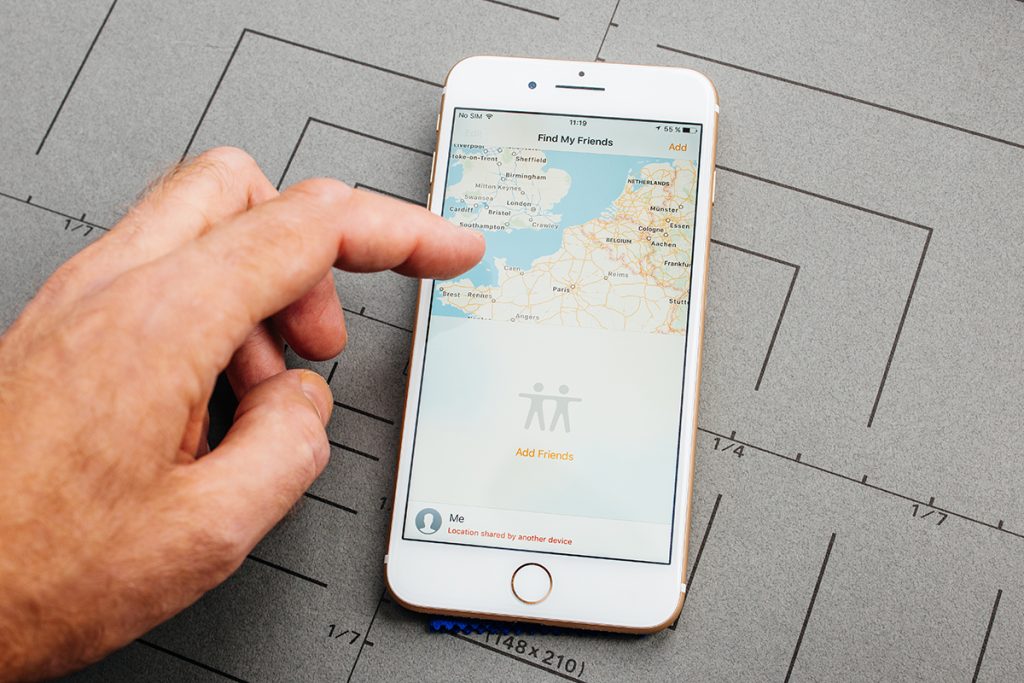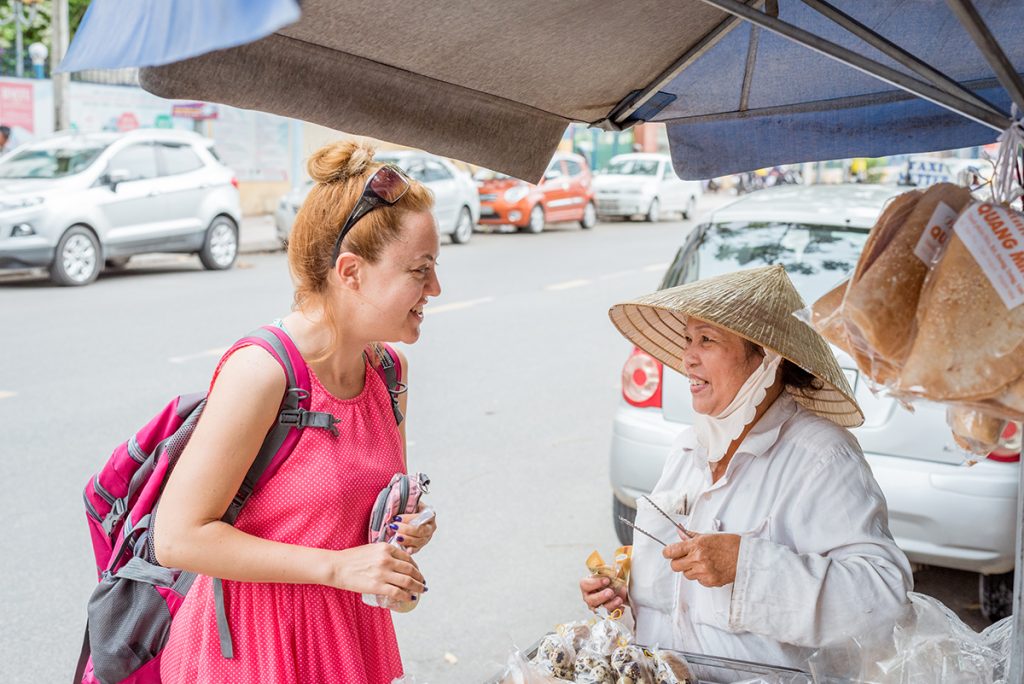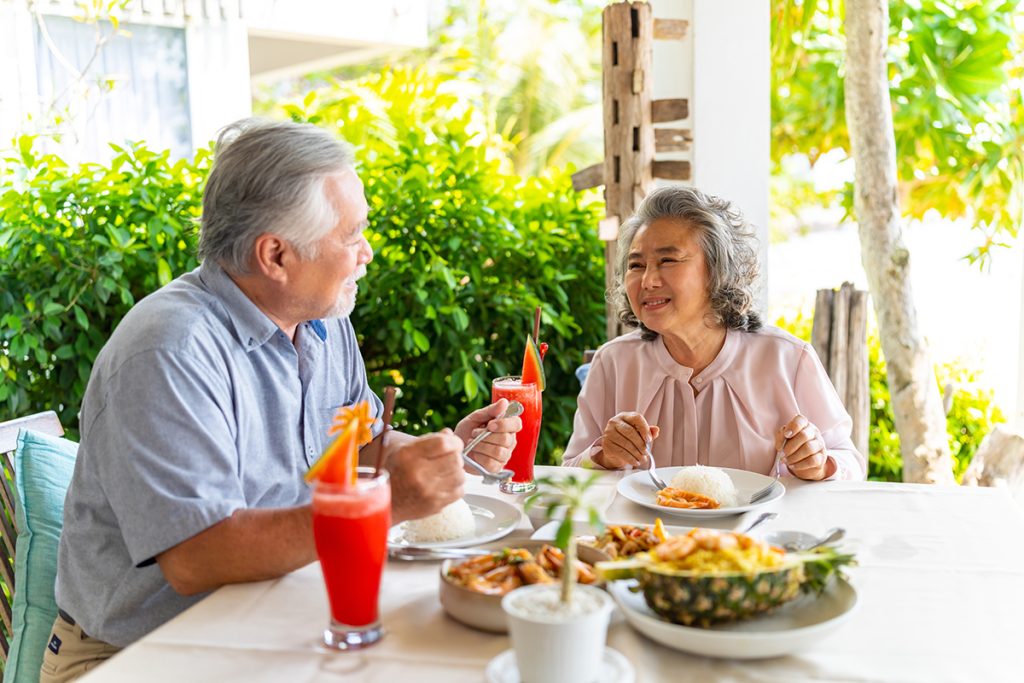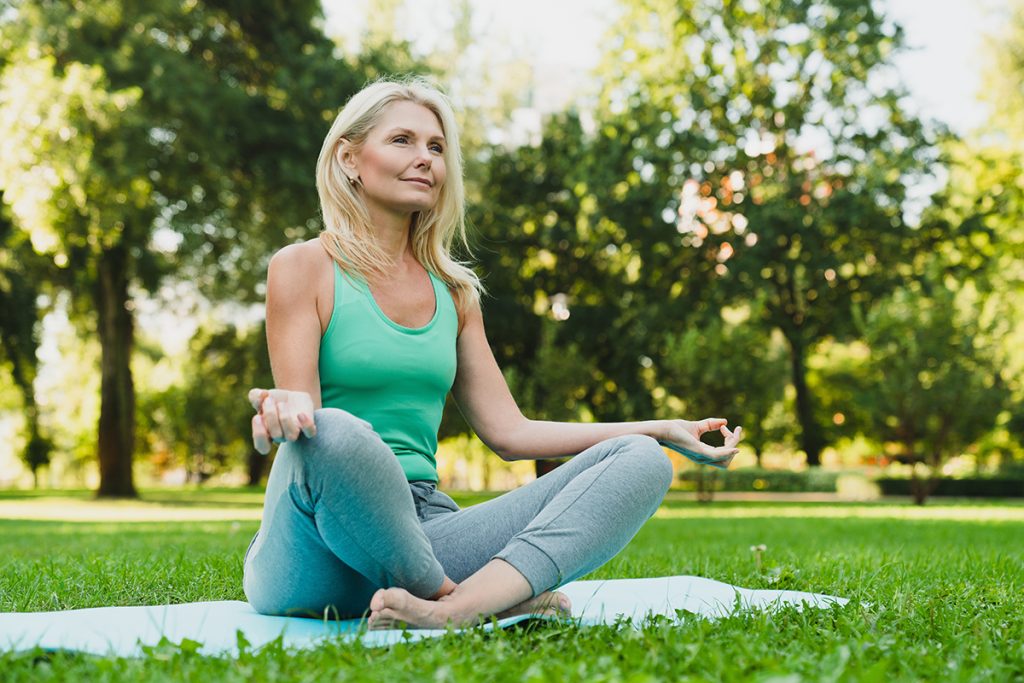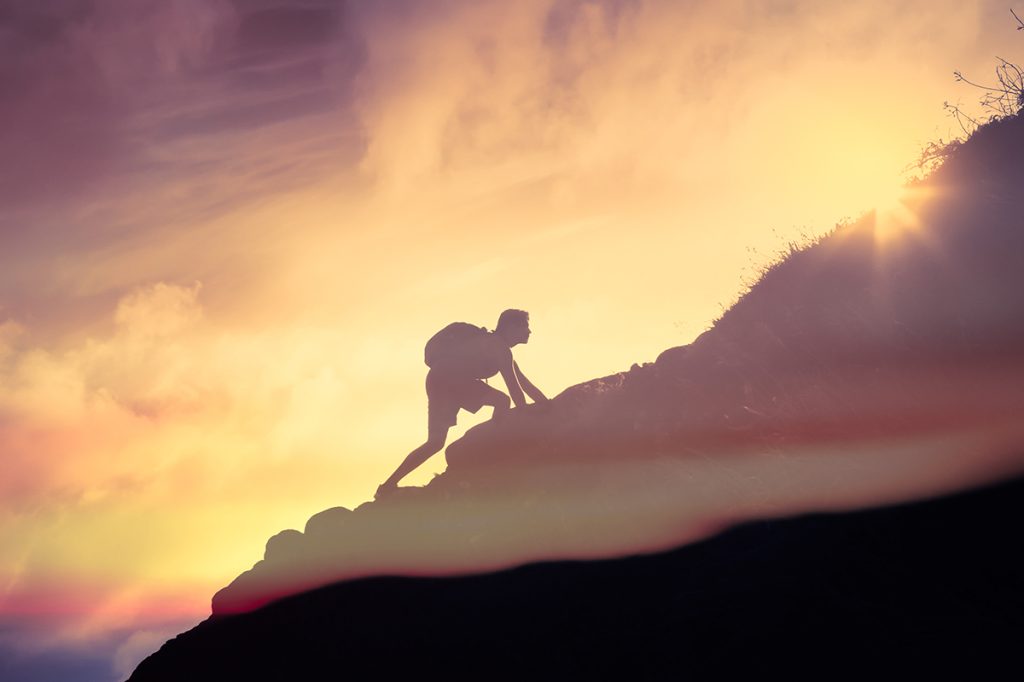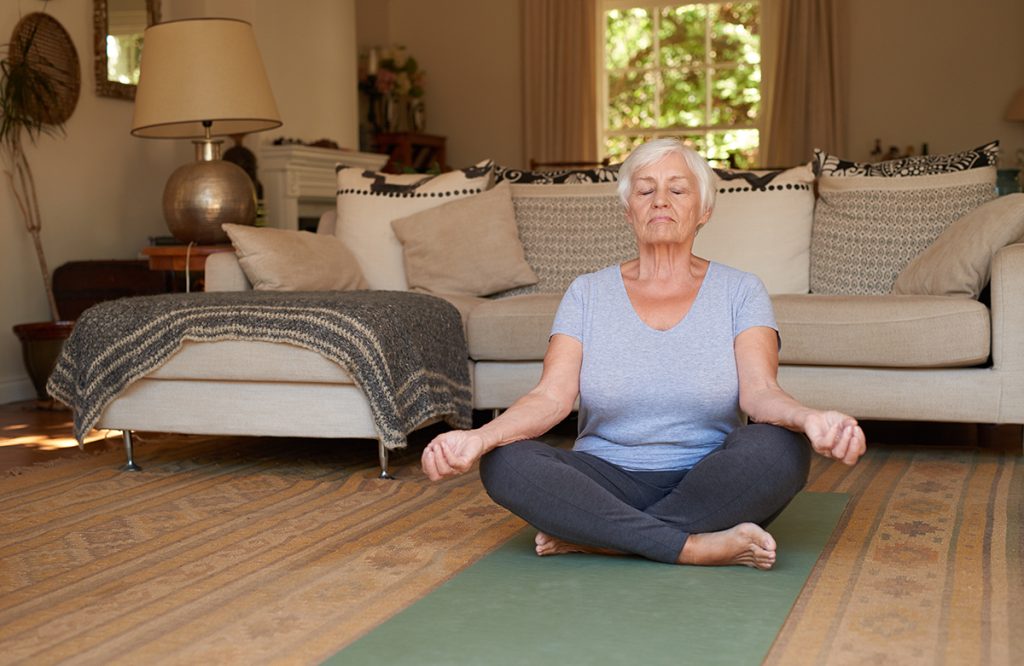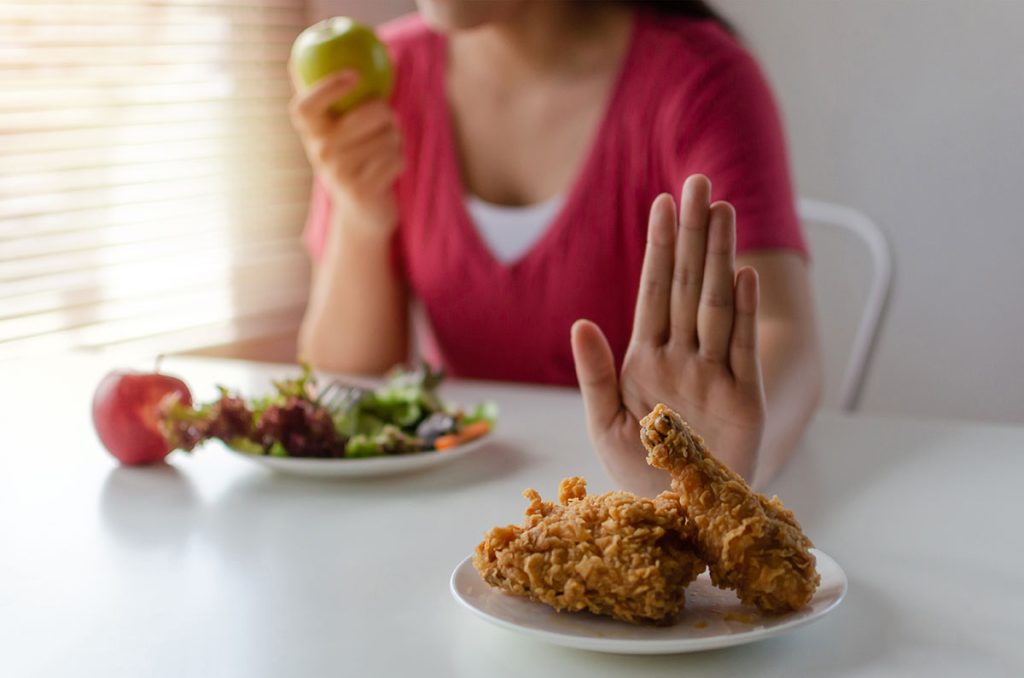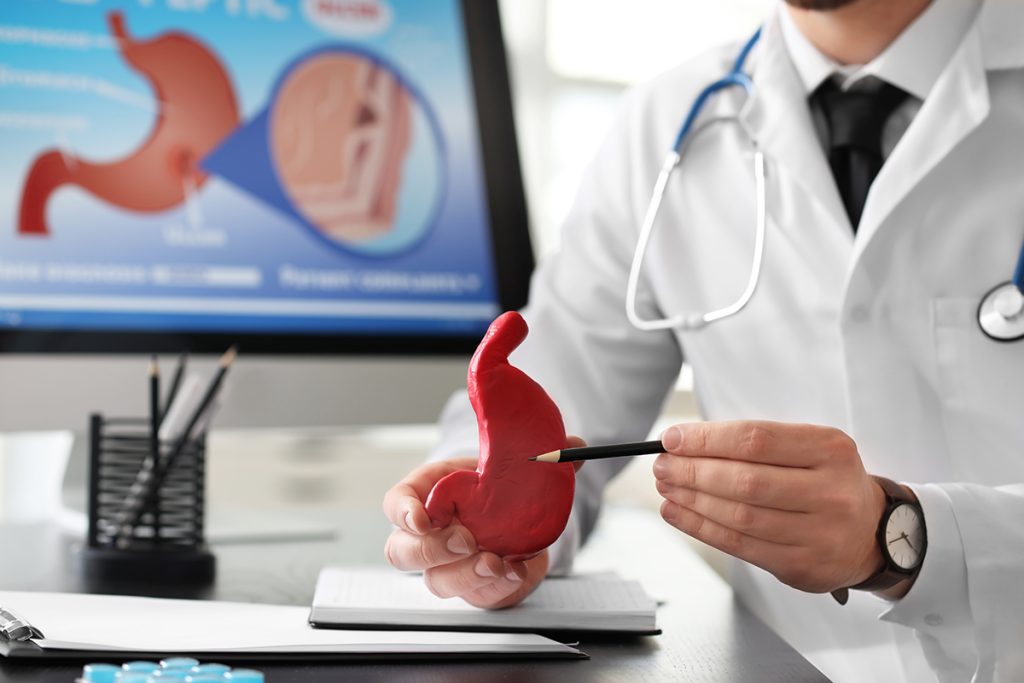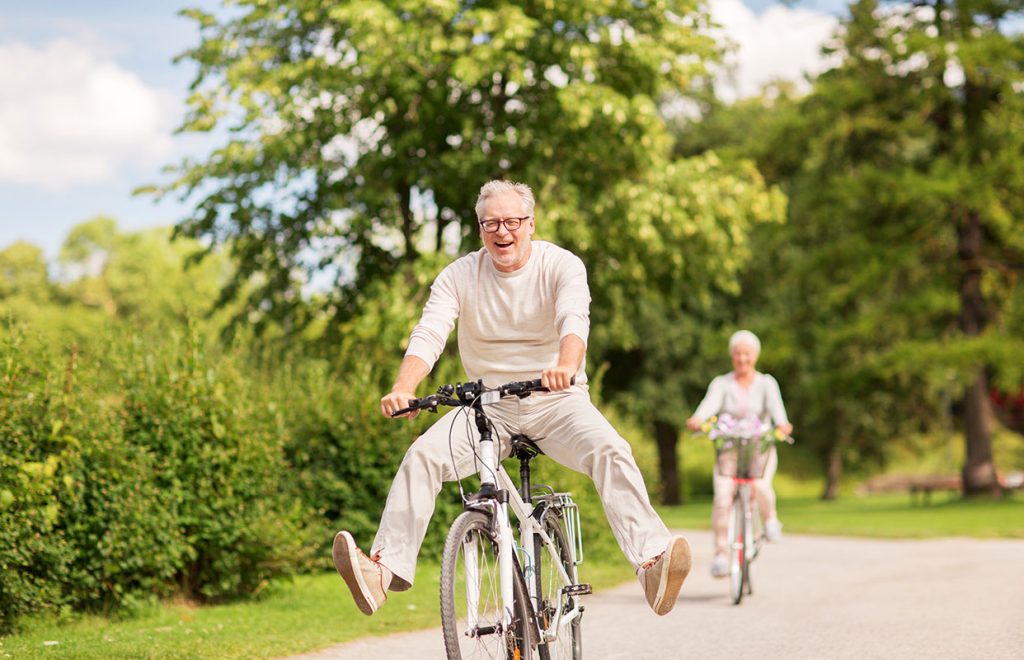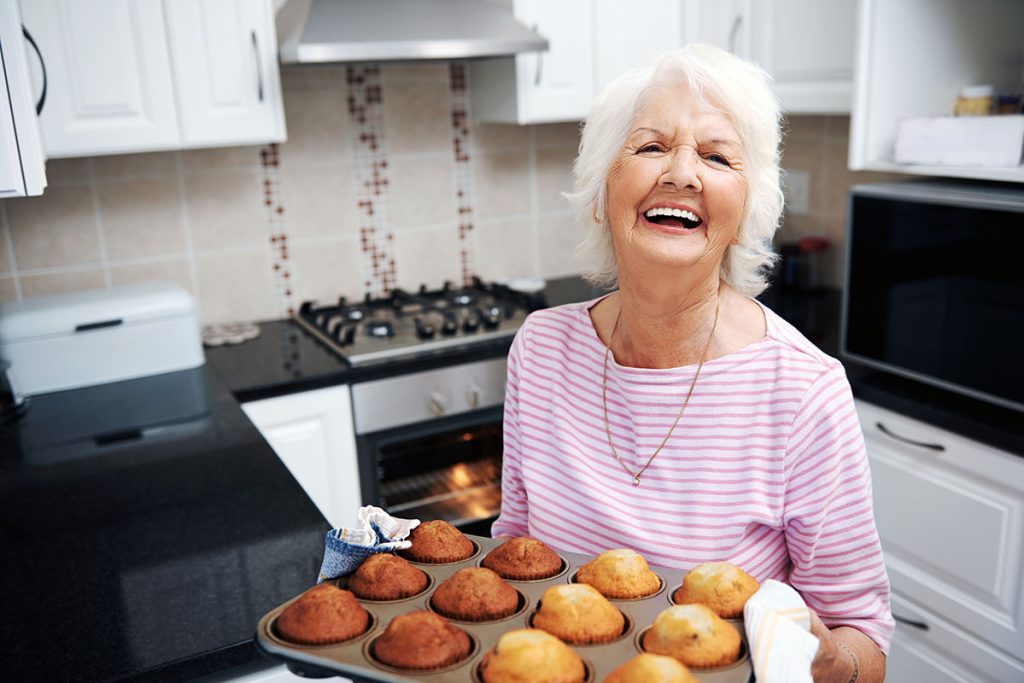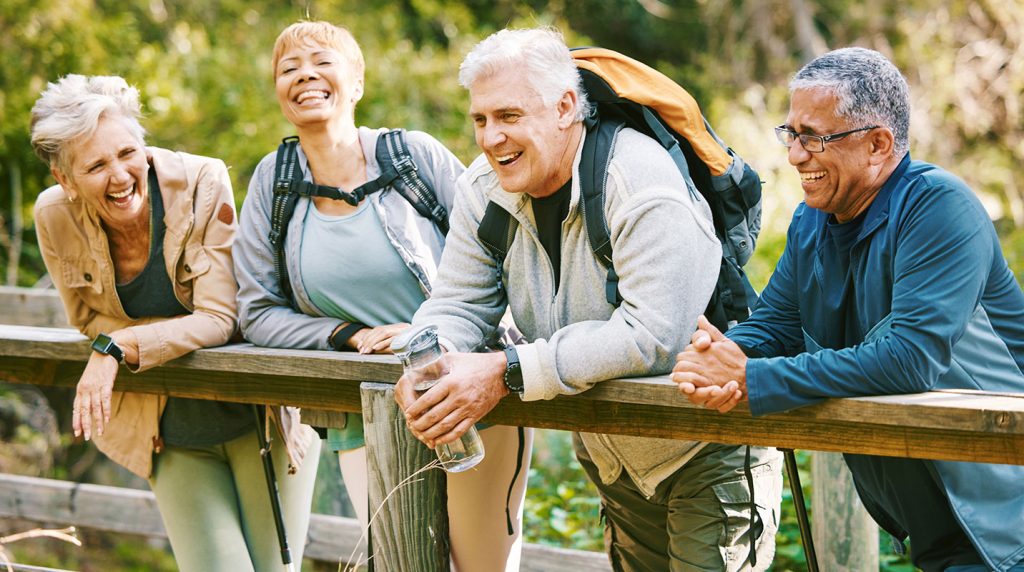
What does it mean to have a senior moment?
As we journey through life, we sometimes have these mental hiccups, often called senior moments – those split-second memory lapses that catch us off guard. They pop up more often as we get older, bringing along a mix of chuckles, sighs, and more than a touch of worry.
The impact of these moments can occasionally lead to cringe-worthy scenarios, especially for those of us who are still actively engaged in the working world. After all, preserving our credibility matters, and we certainly don’t want the younger generation mistakenly assuming our sharpness is dulling.
It’s a topic that we of a certain age tend to discuss. In fact, the other day, I gathered with my buddies for a cozy chat about their very own ‘senior moment’ sagas. In the process, we collectively came up with the top “dreaded senior moments.”
Read on to discover a selection of anecdotes that feel uncannily relatable.
The Words Are Right There…

Public speaking can be nerve-wracking on its own, but when your mind falters, and a seemingly simple word evades you mid-sentence, it’s a memory loss moment that can turn cheeks beet-red.
Patricia, a seasoned executive at 57, is celebrated for her eloquence and mastery over her field.
“I can face a firing squad of questions, but the thought of key terms slipping away mid-meeting? Terrifying!” Patricia explained, her voice tinged with mock horror.
The more you focus on trying to remember, the further the words slip away, leading to awkward pauses and a feeling of vulnerability.
Why Am I Standing Here?

Have you ever entered a room with a clear purpose, only to encounter a mental blank the moment you cross the threshold? It’s like stepping into a maze without a map. That fleeting moment of confusion can leave you feeling momentarily adrift.
Meet George, a lively 70-year-old accountant on the brink of retirement. Experiencing this in front of colleagues at the firm is downright embarrassing for him.
“You’d think I’d have a reason for being in the conference room, right?” he chuckles, a sheepish grin spreading across his face. “Not knowing why I’m somewhere is just the worst.” It’s a blend of frustration and confusion, a gentle reminder of the whimsical ways our minds can occasionally trip us up.
Sorry, I Can’t Recall Your Name.

Imagine this scenario: you’re at a gathering, and a familiar face catches your eye across the room. Your heart sinks as you draw a blank on their name, even though you’ve known them for years. Your mind races, scrambling to retrieve the information.
Martha, who’s friendly with everyone and typically has everyone’s name at her fingertips, shared a similar experience. She recounted the last time she ran into her longtime neighbor. “I was all set to say hello, and poof, the name vanished,” Martha laughed. It’s as if the name had evaporated into thin air, leaving her grappling with an odd sense of unease.
Racing to the Wedding

A friend’s birthday party, a family gathering, a doctor’s appointment, or an anniversary – you’ve diligently marked them on your calendar and set reminders. Yet somehow, the event manages to slip your mind until it’s nearly too late.
Richard, a dedicated family man who orchestrates events with meticulous care, recounted a time when he completed blanked on his cousin’s daughter’s wedding. “It’s as if the universe decided to play a little trick on me,” he sighed, then added, “You know, all that careful planning, and my brain just had a glitch.”
Fortunately, it all rushed back to him when he saw his wife in an evening gown, ready to go. “Thank goodness I didn’t miss the vows.” he laughed. The realization struck like an unexpected jolt, leaving him flustered and apologetic. It’s a memory lapse that humbly reminds us of our own human fallibility.
The Elusive Passwords + Pins

“I can pinpoint a needle in a haystack, but my debit card’s pin? Vanished!” Emily quipped, recalling the time she held up a line at the grocery store. “Nothing says ‘performance anxiety’ like a blank mind and impatient shoppers.”
In today’s digital age, passwords are the keys to our virtual lives. Yet, it’s astonishing how often we find ourselves staring at a login screen, unable to recall the combination of characters that grant us access. The frustration amplifies as we attempt various permutations, hoping that muscle memory will kick in and unlock the forgotten secret.
Top 8 Ways To Deal With Senior Moments

Senior Moments may be normal, but that doesn’t mean you can’t do something about them.
1. Stay Physically Active
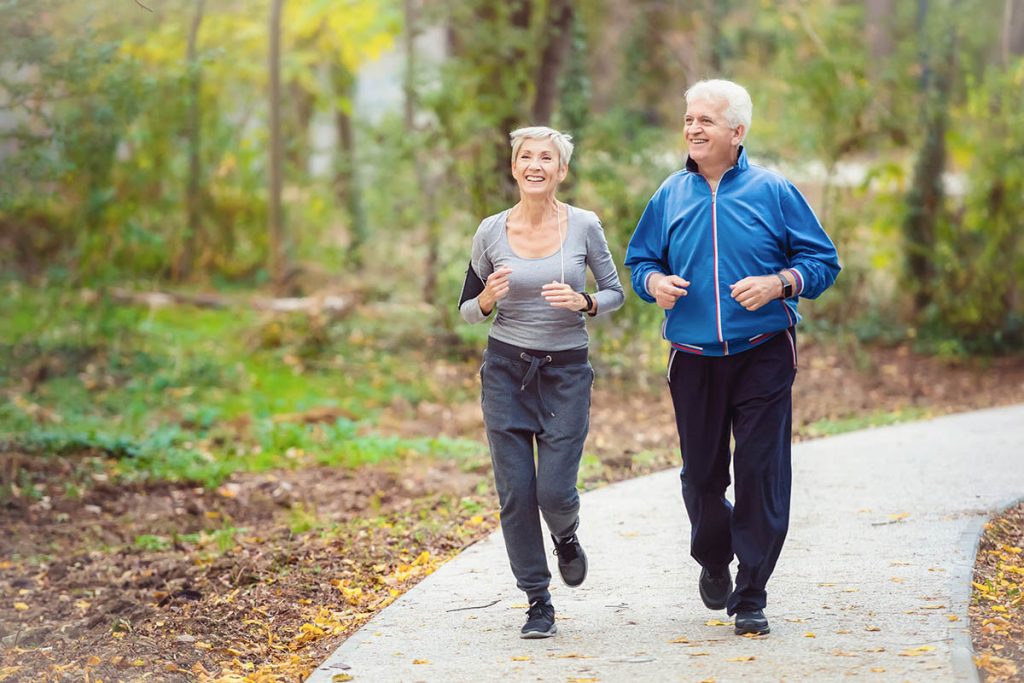
Physical activity increases blood flow to the brain, which can help improve memory and cognitive function.
2. Mindful Nutrition

A balanced diet rich in antioxidants, omega-3 fatty acids, and nutrients, including B vitamins, that can promote brain health. Foods like fish, nuts, berries, and leafy greens have been linked to cognitive benefits.
3. Mental Stimulation

Engage in activities that challenge your brain, such as puzzles, reading, learning a new skill, or even playing musical instruments. Mental stimulation helps keep your mind sharp and can potentially reduce memory lapses.
4. Adequate Sleep

Prioritize quality sleep, as it plays a crucial role in memory consolidation. Aim for 7-9 hours of sleep per night to support optimal cognitive function.
5. Stay Social

Interacting with friends and family and participating in group activities stimulates the brain.
6. Hydration

Dehydration can negatively impact brain function. Ensure you drink enough water throughout the day to maintain optimal cognitive performance.
7. Stay Curious

Maintain a curious mindset by exploring new hobbies, learning, and staying open to new experiences. Curiosity keeps your brain engaged and active.
8. Brain-Supporting Supplements
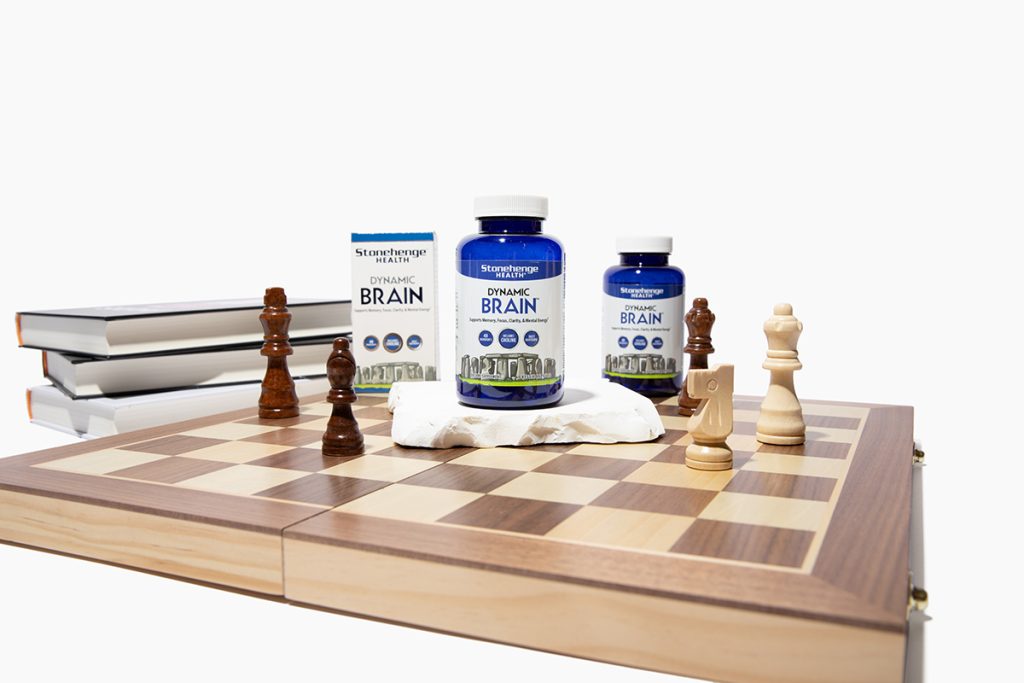
Certain supplements are designed with specific functional ingredients and combinations of vitamins and minerals to support brain health.
One such brain health supplement is Stonehenge Health’s Dynamic Brain™, which offers a comprehensive blend of 40 brain health ingredients. These include multivitamins, including the essential B vitamins, Huperzine A, Bacopa Extract, DHA, Phosphatidylserine, and L-Tyrosine. By incorporating a daily dose of Dynamic Brain, you can effectively support your brain health, optimize cognitive function, and help maintain your precious memories.*
Remember that occasional memory lapses are a natural part of aging. Still, these proactive steps can help mitigate their impact and keep your mind sharp and engaged as you navigate through life’s journey. Always consult with a healthcare professional before making significant lifestyle changes.
* These statements have not been evaluated by the Food and Drug Administration. This product is not intended to diagnose, treat, cure or prevent any disease.







